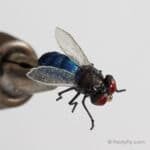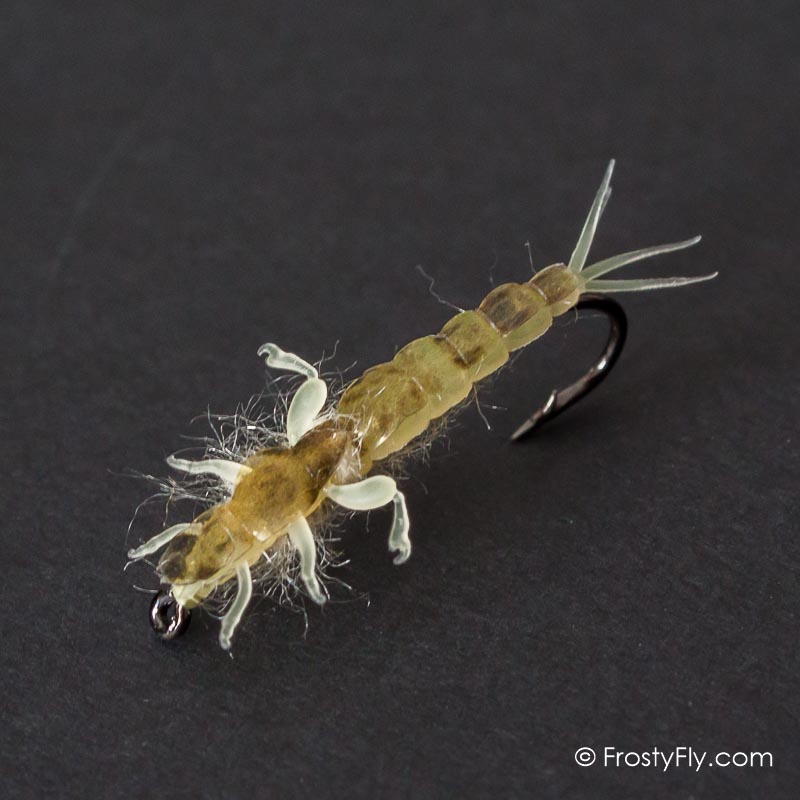Realistic Soft Ephemera Danica Nymph Legs
A unique fly tying material that will change the way you tie your flies. These ready-to-use molded parts are made out of soft rubber which makes this premium fly tying material soft and flexible, yet durable and lively in the water. They are excellent imitations of natural insect legs as they mimic the real shape, feel, size, color, proportion, and movement of a real fly. As they come shaped, sized, and colored, using them will notably cut your tying time and make your flies look authentic and lively. Waterproof and UV resistant.
Use this great material and tie super-authentic-looking Ephemera Danica nymphs that look and act like real ones.
They come in 10 pieces per pack with a choice of three sizes, Small, Medium, and Large, and 2 colors: Cream Yellow, and Yellow.
These soft legs are best complemented with other tying parts from our Realistic Ephemera Danica Nymph collection: Body, and Buds & Back. They work best with longer shank hooks (3XL-4XL), Small size with hook size #10, Medium with #8, and Large with #6.
How to fish Ephemera Danica Nymph Patterns
There are four major groups of mayfly nymphs, each with its specific shape, movement, and behavior: swimmers, clingers, burrowers, and crawlers. Each of these groups is asking for its specific gradation in pattern and presentation of the fly. Ephemera Danica mayfly nymph belongs to a borrowers group.
Burrowers live in calm, slow waters and have long bodies and short, but very strong legs with large claws which enable them to dig protective burrows in the gravel of the river bottom. They have pale, yellowish bodies and are mostly nocturnal. They breathe through gills located on the upper side of their backs. Their tails and abdomen area are fringed and feathery. Fish can find burrowers when they come out of their hiding – at night to eat or in times of a hatch, which also happens when it’s dark – starting in late evenings. To fish burrowers, drifting along the bottom would be your best bet. Due to their size – they are a tasty meal for the trout that rarely gets passed. In size, they range from #4 to #10, most common being #8 and #10.
Learn about the mayfly lifecycle, different stages they go through, and how to fish mayfly nymph patterns, check out our blog post here.


























Reviews
There are no reviews yet.